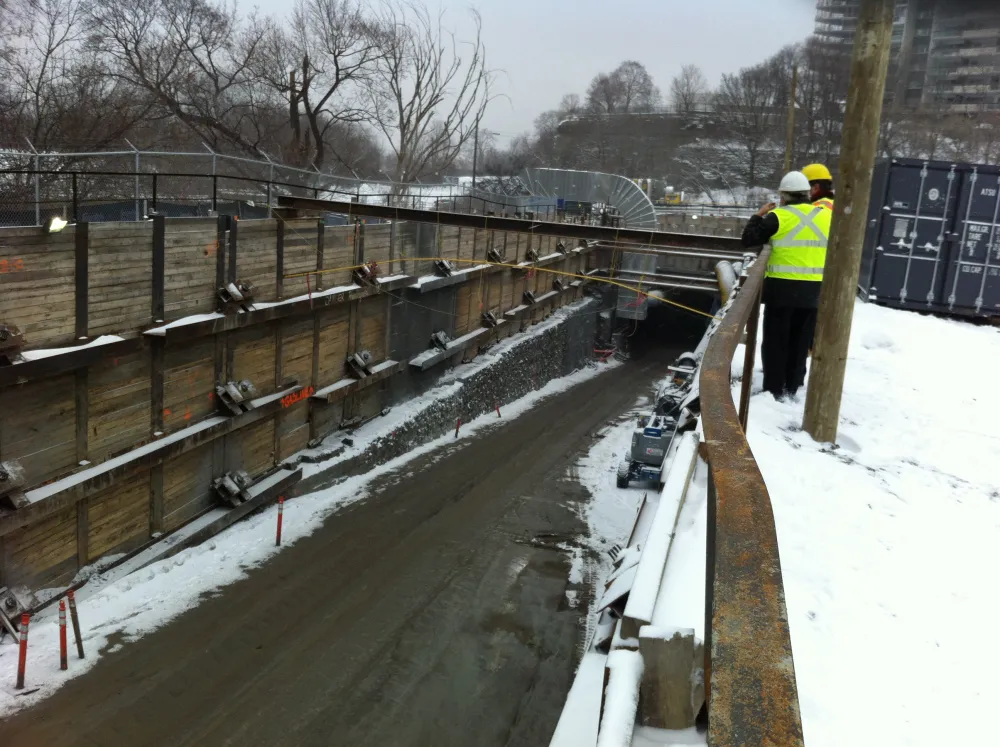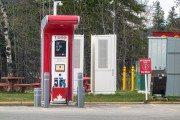Some transit projects have been getting a bad rap lately, with headlines often focusing on construction woes and route choices. However, as we’ve discovered in our latest report, there is generally community support for rapid transit. Frustrations with transit projects are typically rooted — quite understandably — in the decision-making and communication processes behind them. Transit projects, while undoubtedly complex, don’t need to be painful. By engaging all stakeholders effectively, and using the right planning tools for land use, transit projects can be a success story.
As Ontario’s population grows, the importance of protecting farmland from sprawl and directing smart development to existing communities becomes more and more critical. To support these growing communities, an important piece of this puzzle is building out effective rapid transit that moves more people faster. One of the many benefits of rapid transit is that it provides transportation options that let more people leave their car at home, which helps to clear up congestion. In the Greater Golden Horseshoe, policies like the Growth Plan and Metrolinx’s Regional Transportation Plan help to set this direction and ensure that transit projects are matched with supportive land use policies to make them more viable.
Ontario is in the middle of the biggest build out of transit in its history. With such a big investment, it’s important to get it right. In our new report, Getting on Board, we look at four case studies: Hamilton Rapid Transit, Hurontario Light Rail Transit (LRT), Waterloo Region ION and the Ottawa Confederation Line, and highlight the common challenges and success factors that came up.
In our interviews with municipalities and local leaders, we found communities were using creative and innovative ways to improve engagement and use effective policy tools. For example, the Hamilton LRT team reaches out to businesses and residents on the corridor by going door-to-door, and the Hurontario LRT team uses visual tools, like setting up an actual LRT outside Mississauga City Hall, to make the project real and get the community excited. The City of Ottawa uses mediation techniques to embrace conflict and the Cities of Kitchener and Ottawa are taking a “neighbourhood” approach to station area planning. Importantly, we also learned the value of local groups taking a leadership role in shaping discussions, and gathering and sharing information. Whether they are just starting to think about rapid transit, or well on their way to building out their network, we think that other communities can learn from the leading examples in this report.
Transit projects are intimately linked to today’s big discussions about how we share urban space, allocate public resources, and protect the environment. When we zoom out, we see that by engaging in these conversations, project teams, municipalities and local stakeholders are building knowledge and relationships that will set the stage for future city-building projects. Project identification, design and implementation are not without their challenges, but it can be done well, and the process is worth it. When effective rapid transit projects succeed, we all benefit.







